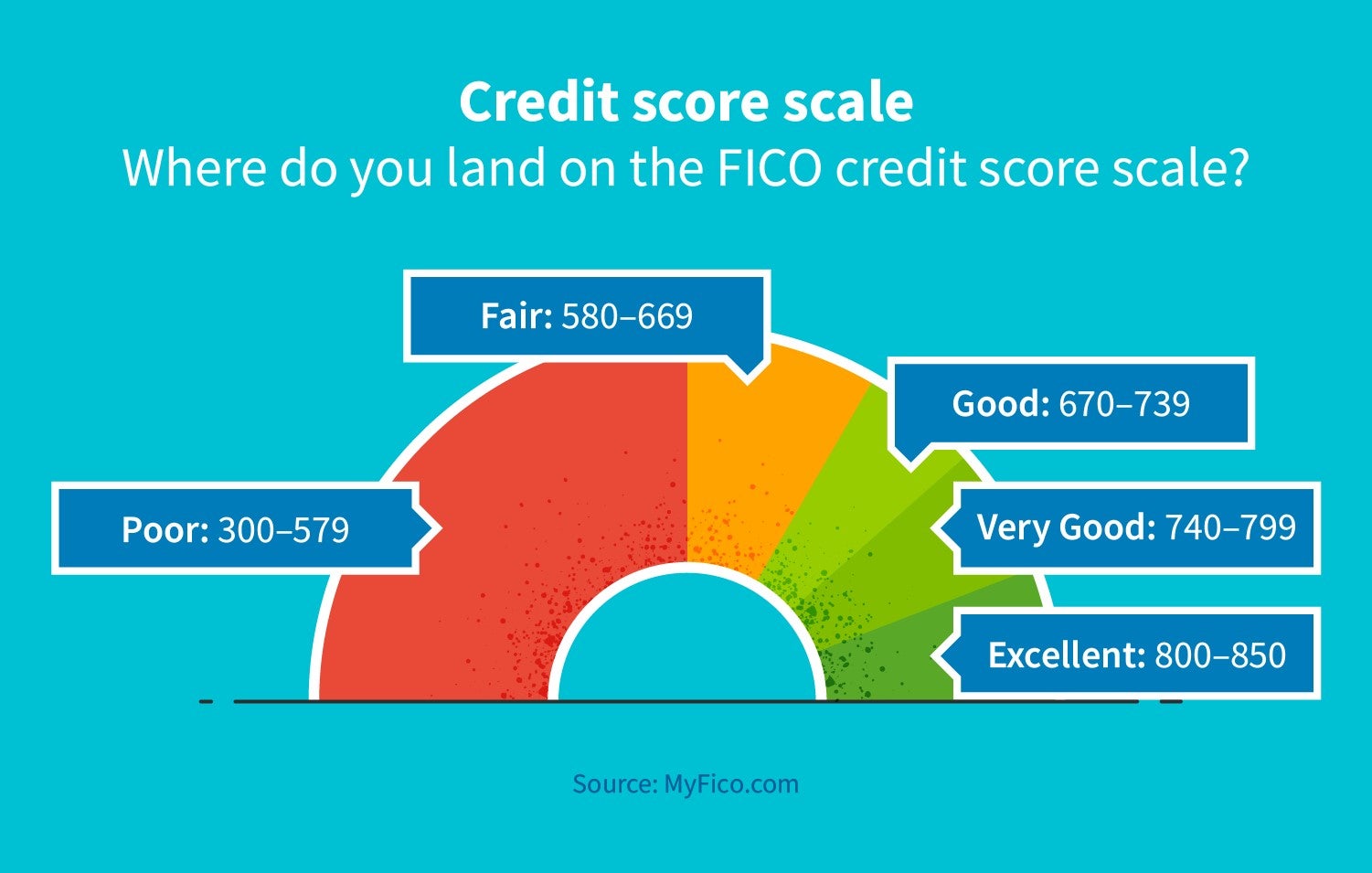
Financial freedom is something that you can attain, whether your goals are to be debt-free and stress-free or simply to have a side income. Although it might seem daunting to save every cent, it is possible. Here are five steps to get you started. An emergency fund is a key step towards financial freedom. Pay off all outstanding debt and set up a lifestyle that suits you.
Incorporating an emergency fund
The most important step in building an emergency fund is to not let it go down the drain. It is not a good idea to use your savings for high-interest debt. For those times when you are unable to pay your bills, an emergency fund can be helpful. You should have enough money to cover several months worth of expenses. You can then use that money for other purposes. It's not difficult to set up an emergency fund.

A monthly emergency fund should be sufficient to cover unexpected costs. Depending on the situation, these expenses can include an unexpected funeral, car or home repair, or even necessary dental work. To avoid having to dip into your emergency fund, you should keep these expenses apart from your emergency fund. You might be able to save some money now if this is your first time saving.
Debt repayment
It is important to know where to begin your journey towards financial freedom. Although it can be hard to find out how much debt your have, it's an important step on the path to financial freedom. Write down all the debt you have, including any borrowed money. Next, add up your income and savings. This will be your buffer and can be used to cover unexpected expenses. It is a good idea to set a six-month emergency fund as a precautionary measure.
As you begin paying off your debt, you will notice that your priorities become clearer. You may be ready to start a new family or quit your job. Alternately, you may be interested in financial freedom. As you get older, your priorities and goals will change. Once you reach your debt free goal, it's time to celebrate. Take a moment to reflect on your priorities. You will be happier and less stressed than you were before.
Create a lifestyle that is right for you
Financial freedom begins with an accurate assessment of your current financial situation. Gather all your debts. Determine what you are earning and consider any hidden expenses. Seek the guidance of a financial advisor to help you choose the right path. After the assessment, plan the next steps. After you have assessed your situation, decide which areas can be improved.

Your mindset is key to financial freedom. Financial independence is not something you can achieve overnight. However, it's an ongoing goal that will help you create the life and lifestyle of your dreams. Tony Robbins explains that success is about doing what you want, when it suits you. It is possible to spend your time doing what brings you happiness and contentment. You can choose to pursue your goals but you have to be willing to work hard for them.
You can start a side business.
When you decide to start a side hustle for financial freedom, you have many options. Although the main goal of side hustles is to generate extra income, they are not always very flexible. Online and app opportunities offer the most flexibility, while offline jobs are more lucrative. However, you must have access to the market in order to make a profit. For example, if you're good at playing the guitar, you can become a guitar teacher. You could also become a travel consultant.
You can use the extra money to pay down your debts by investing it in index ETFs. Similarly, you can use this extra income to put a down payment on a rental property. In addition to making extra money, you can build an income stream independent of traditional employment, meaning that you can work wherever you want to. You can also use this money to pay your bills, save money, or pursue your passion.
FAQ
What is security in the stock market?
Security can be described as an asset that generates income. Most security comes in the form of shares in companies.
A company may issue different types of securities such as bonds, preferred stocks, and common stocks.
The earnings per share (EPS), as well as the dividends that the company pays, determine the share's value.
You own a part of the company when you purchase a share. This gives you a claim on future profits. If the company pays a dividend, you receive money from the company.
You can sell shares at any moment.
What is a bond and how do you define it?
A bond agreement between two parties where money changes hands for goods and services. Also known as a contract, it is also called a bond agreement.
A bond is usually written on a piece of paper and signed by both sides. The document contains details such as the date, amount owed, interest rate, etc.
The bond is used for risks such as the possibility of a business failing or someone breaking a promise.
Sometimes bonds can be used with other types loans like mortgages. The borrower will have to repay the loan and pay any interest.
Bonds are also used to raise money for big projects like building roads, bridges, and hospitals.
A bond becomes due upon maturity. This means that the bond owner gets the principal amount plus any interest.
Lenders are responsible for paying back any unpaid bonds.
What is a Mutual Fund?
Mutual funds are pools or money that is invested in securities. Mutual funds offer diversification and allow for all types investments to be represented. This helps to reduce risk.
Professional managers manage mutual funds and make investment decisions. Some funds let investors manage their portfolios.
Because they are less complicated and more risky, mutual funds are preferred to individual stocks.
Statistics
- Our focus on Main Street investors reflects the fact that American households own $38 trillion worth of equities, more than 59 percent of the U.S. equity market either directly or indirectly through mutual funds, retirement accounts, and other investments. (sec.gov)
- Individuals with very limited financial experience are either terrified by horror stories of average investors losing 50% of their portfolio value or are beguiled by "hot tips" that bear the promise of huge rewards but seldom pay off. (investopedia.com)
- Ratchet down that 10% if you don't yet have a healthy emergency fund and 10% to 15% of your income funneled into a retirement savings account. (nerdwallet.com)
- For instance, an individual or entity that owns 100,000 shares of a company with one million outstanding shares would have a 10% ownership stake. (investopedia.com)
External Links
How To
How to create a trading plan
A trading plan helps you manage your money effectively. It will help you determine how much money is available and your goals.
Before you create a trading program, consider your goals. You might want to save money, earn income, or spend less. If you're saving money you might choose to invest in bonds and shares. If you are earning interest, you might put some in a savings or buy a property. And if you want to spend less, perhaps you'd like to go on holiday or buy yourself something nice.
Once you decide what you want to do, you'll need a starting point. It depends on where you live, and whether or not you have debts. It is also important to calculate how much you earn each week (or month). Your income is the net amount of money you make after paying taxes.
Next, you need to make sure that you have enough money to cover your expenses. These expenses include bills, rent and food as well as travel costs. These all add up to your monthly expense.
You will need to calculate how much money you have left at the end each month. This is your net discretionary income.
You now have all the information you need to make the most of your money.
Download one from the internet and you can get started with a simple trading plan. You can also ask an expert in investing to help you build one.
Here's an example spreadsheet that you can open with Microsoft Excel.
This is a summary of all your income so far. You will notice that this includes your current balance in the bank and your investment portfolio.
And here's another example. A financial planner has designed this one.
It will let you know how to calculate how much risk to take.
Do not try to predict the future. Instead, put your focus on the present and how you can use it wisely.